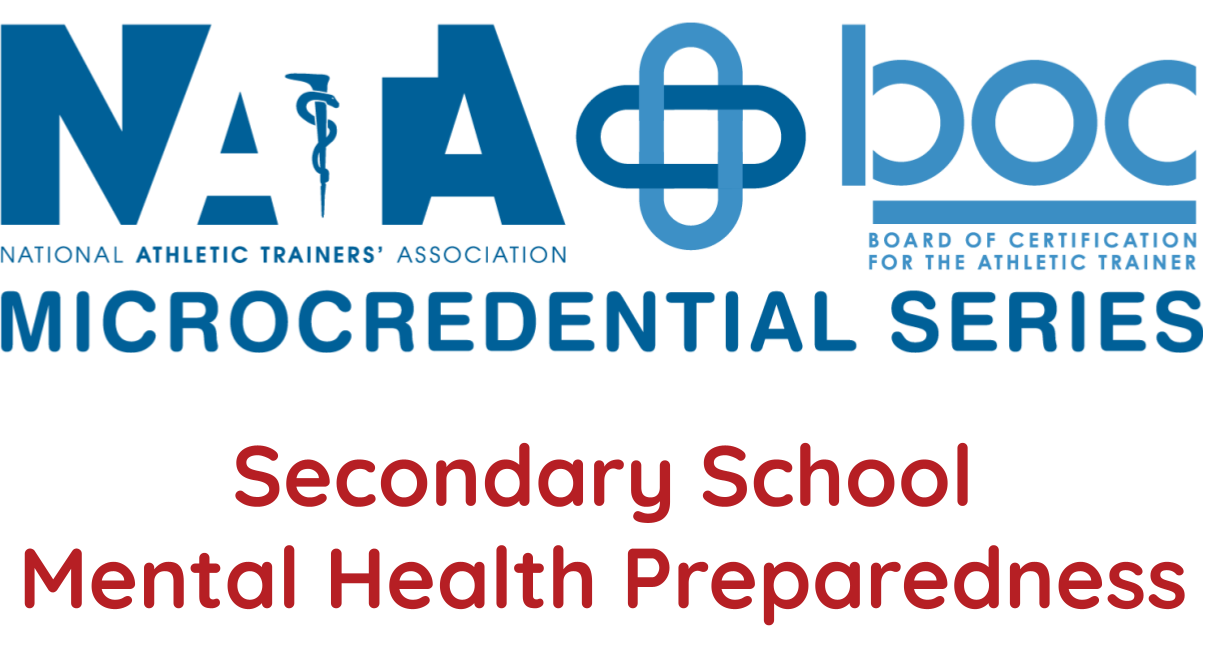
Stephen J. Thomas, PhD, ATC, FNATA
Stephen Thomas is an Associate Professor and Chair of the Exercise Science Department at Thomas Jefferson University. He completed his undergraduate and master’s degree in Kinesiology, at Temple University. He then earned his Ph.D. in Biomechanics & Movement Science at the University of Delaware. Dr. Thomas received an NIH F32 postdoctoral research fellowship in the bioengineering of tendon at the McKay Orthopaedic Research Laboratory at the University of Pennsylvania. Dr. Thomas has research expertise in the adaptation of tissues to stress and overuse specifically at the shoulder. He is the current President of the American Society of Shoulder and Elbow Therapists. He is also a consultant for the Philadelphia Phillies and the Penn Throwing Clinic. His training in both basic science and applied research methods allows him to address clinically relevant questions with translation approaches thereby bridging the gap between bench and bedside. His initial work has contributed to the understanding of tissue adaptations in throwing athletes and how they relate to overuse shoulder injuries using novel diagnostic ultrasound methods. In addition, his basic science work studying the tissue and biologic adaptations to chronic rotator cuff tears and the effects of type II diabetes has also helped progress the current field. His current research agenda is two-fold and includes integration of translational research to investigate 1) the structural and biologic mechanisms governing soft tissue adaptation caused by the repetitive stress of throwing and the association with throwing biomechanics and 2) the structural, neuromuscular, and biologic adaptations occurring due to chronic rotator cuff tears and repairs.

